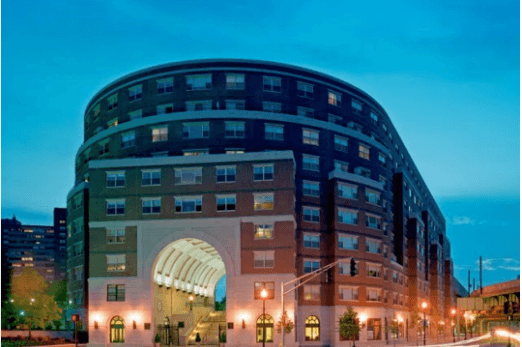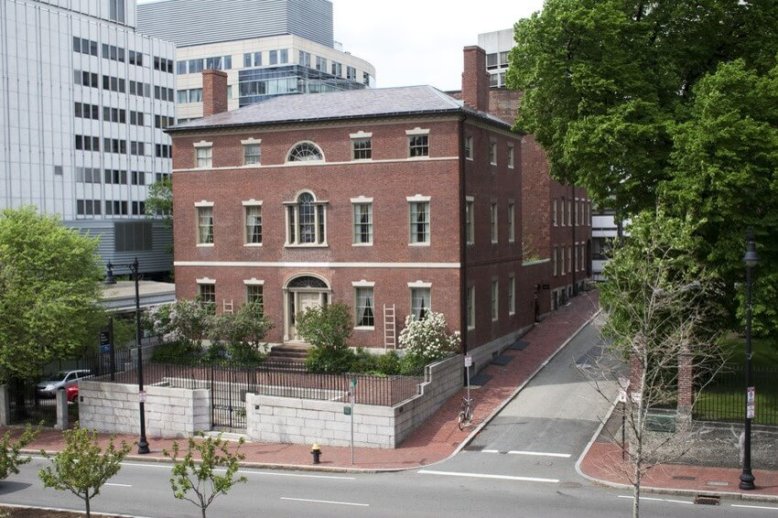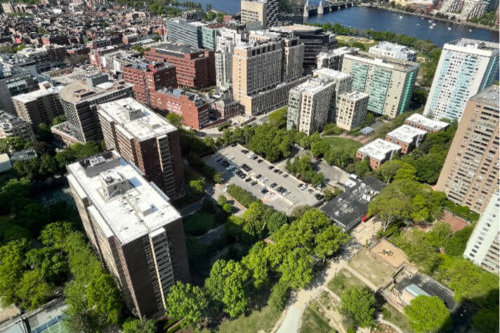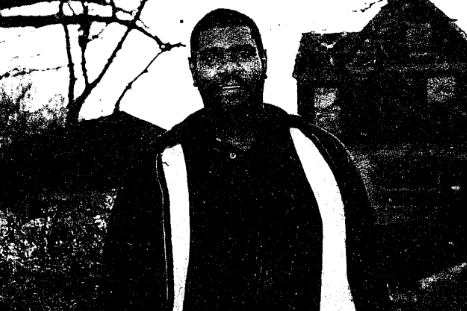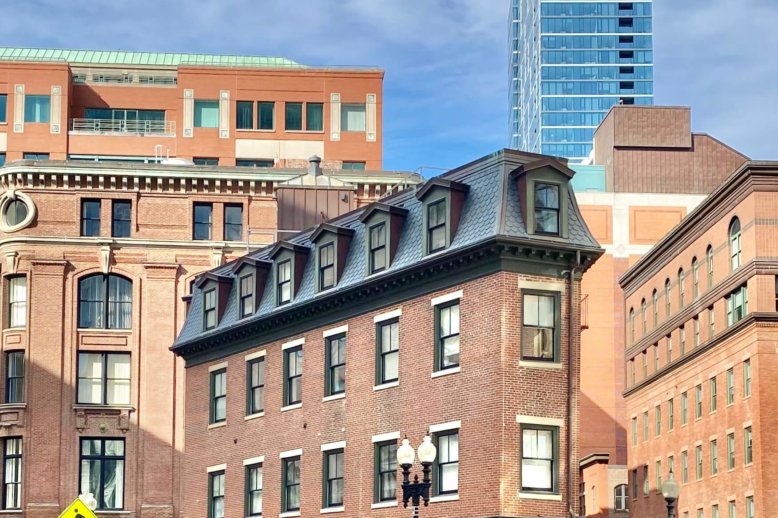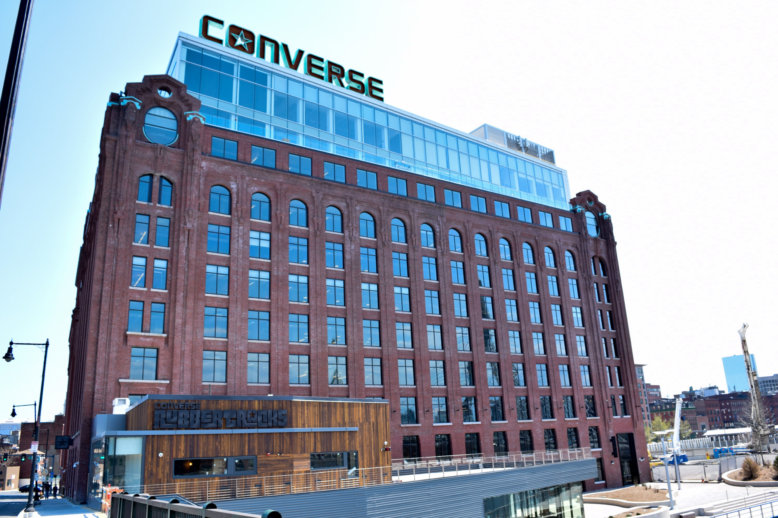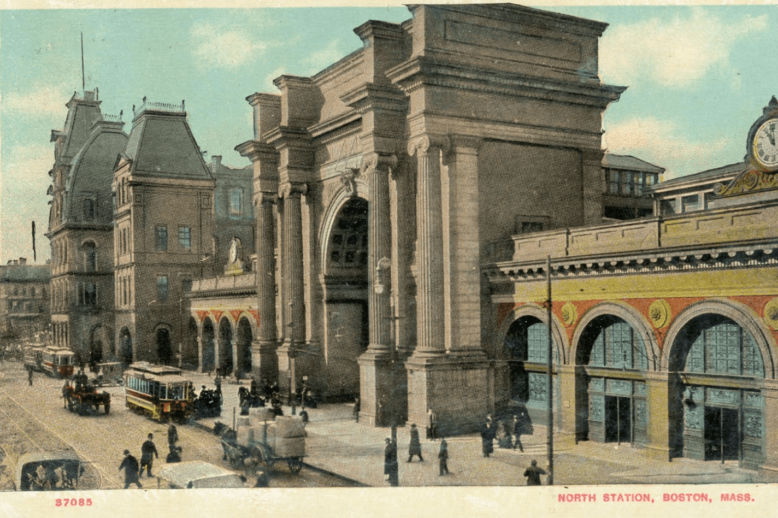Charles River Park
Charles River Park is an apartment complex built on 45 acres of the historic West End, soon after its demolition. Jerome Rappaport, Sr., attorney for Charles River Park, Inc. and one of the corporation’s early investors, was politically connected to Mayor John Hynes, whose platform for a “New Boston” was the pretext for urban renewal. The vast majority of West Enders could not afford the luxury apartments that replaced their homes. The first tenants of Charles River Park were offered many modern, communal amenities – intended to attract young professionals and suburban families alike.



